Tanker trucks play a pivotal role in various industries, transporting liquids, gases, and other bulk materials efficiently and safely. At CarMax Vehicle, we specialize in manufacturing high-quality tanker trucks tailored to meet diverse operational needs. This comprehensive guide delves into the intricacies of tanker truck sizes, aiding businesses in making informed decisions that enhance productivity and ensure compliance with industry standards.
Table of Contents
- Introduction to Tanker Truck Sizes
- Standard Tanker Truck Sizes and Capacities
- Factors Influencing Tanker Truck Size Selection
- Comparative Analysis of Tanker Truck Sizes
- Benefits of Choosing the Right Tanker Truck Size
- CarMax Trailer’s Range of Tanker Trucks
- Applications of Various Tanker Truck Sizes
- Regulatory Compliance and Tanker Truck Sizes
- Maintenance Considerations for Different Tanker Sizes
- Conclusion
- Frequently Asked Questions
Introduction to Tanker Truck Sizes
Tanker trucks are engineered to transport liquids, gases, and other bulk substances over varying distances. The size of a tanker truck is a critical determinant of its efficiency, suitability for specific tasks, and regulatory compliance. Understanding the dimensions and capacities of different tanker sizes is essential for optimizing logistics operations and minimizing costs.

Standard Tanker Truck Sizes and Capacities
Tanker trucks vary widely in size, each designed to cater to specific transportation needs. Below is an overview of standard tanker sizes commonly manufactured by CarMax Vehicle:
| Tanker Size Classification | Capacity (Liters) | Gross Vehicle Weight (kg) | Typical Applications |
|---|---|---|---|
| Small | 2,500 – 5,000 | 15,000 – 18,000 | Local deliveries, chemicals |
| Medium | 5,000 – 10,000 | 25,000 – 30,000 | Fuel transport, food-grade liquids |
| Large | 10,000 – 20,000 | 40,000 – 50,000 | Industrial chemicals, bulk fuel |
| Extra Large | 20,000 – 30,000 | 60,000 – 70,000 | Large-scale industrial use, hazardous materials |
Detailed Breakdown
Small Tankers (2,500 – 5,000 Liters)
- Dimensions: Approximately 5-7 meters in length.
- Use Cases: Ideal for urban deliveries, transporting chemicals in smaller quantities, and servicing local businesses.
Medium Tankers (5,000 – 10,000 Liters)
- Dimensions: Roughly 8-10 meters in length.
- Use Cases: Suitable for fuel distribution, transporting food-grade liquids, and medium-scale industrial applications.
Large Tankers (10,000 – 20,000 Liters)
- Dimensions: Approximately 12-15 meters in length.
- Use Cases: Employed in large-scale chemical transport, bulk fuel distribution, and extensive industrial operations.
Extra Large Tankers (20,000 – 30,000 Liters)
- Dimensions: Can extend up to 20 meters.
- Use Cases: Designed for massive industrial requirements, transportation of hazardous materials, and high-volume fuel distribution.
Factors Influencing Tanker Truck Size Selection
Selecting the appropriate tanker truck size is influenced by various factors, each contributing to operational efficiency and compliance.

1. Cargo Volume and Type
- Volume Requirements: The daily transportation volume dictates the tanker size to ensure capacity aligns with demand.
- Type of Liquid/Gas: Certain substances require specialized tanks (e.g., refrigerated tanks for perishable liquids, pressurized tanks for gases).
2. Route and Distance
- Short Hauls: Smaller tankers are more maneuverable for urban environments with tight spaces.
- Long Hauls: Larger tankers optimize efficiency for long-distance transportation, reducing frequency of trips.
3. Regulatory Compliance
- Weight Restrictions: Adhering to maximum permissible weight limits on roads and highways.
- Safety Standards: Ensuring tanker design meets safety regulations for hazardous materials transport.
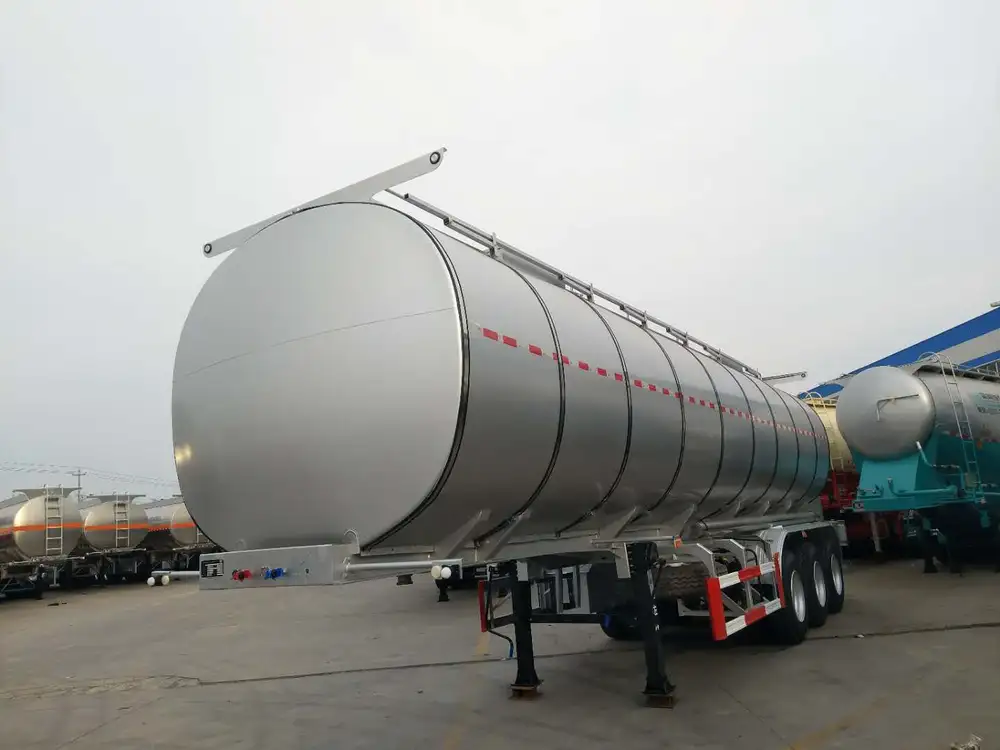
4. Loading and Unloading Facilities
- Infrastructure Compatibility: Availability of facilities that can accommodate specific tanker sizes.
- Operational Efficiency: Ensuring that loading/unloading processes are streamlined with the chosen tanker size.
5. Cost Considerations
- Initial Investment: Larger tankers require higher upfront costs.
- Operating Expenses: Fuel consumption, maintenance, and insurance costs vary with tanker size.
6. Flexibility and Scalability
- Business Growth: Selecting a tanker size that can accommodate future expansion needs.
- Versatility: Ability to transport different types of cargo with interchangeable tank configurations.
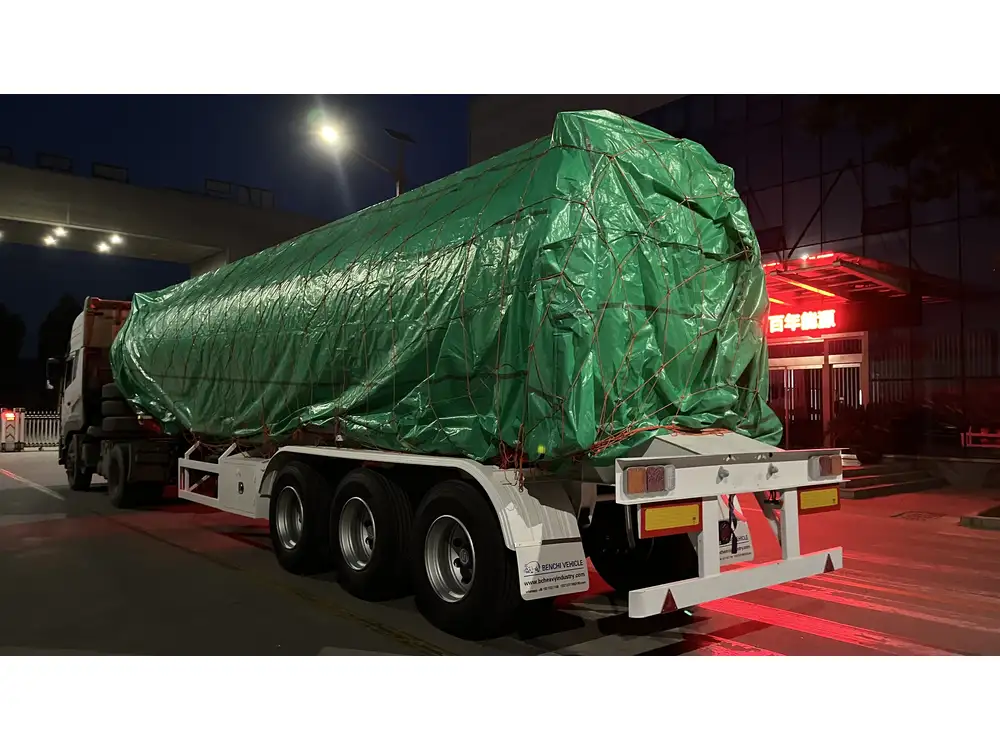
Comparative Analysis of Tanker Truck Sizes
To better understand the implications of choosing different tanker sizes, let’s compare key aspects:
| Aspect | Small Tankers | Medium Tankers | Large Tankers | Extra Large Tankers |
|---|---|---|---|---|
| Maneuverability | Highly maneuverable in urban areas | Moderate maneuverability | Limited in tight spaces | Least maneuverable |
| Fuel Efficiency | Higher per-liter efficiency | Balanced efficiency | Lower per-liter efficiency | Lowest per-liter efficiency |
| Payload Flexibility | Limited payload versatility | Moderate payload versatility | High payload versatility | Maximum payload versatility |
| Maintenance Costs | Lower maintenance costs | Moderate maintenance costs | Higher maintenance costs | Highest maintenance costs |
| Initial Investment | Lowest initial cost | Moderate initial cost | High initial cost | Highest initial cost |
| Regulatory Compliance | Easier compliance with local laws | Complies with most regional laws | Requires stringent compliance | Requires highest level of compliance |
Key Insights
- Urban vs. Industrial Use: Small tankers excel in urban delivery due to their size, while larger tankers are better suited for industrial applications.
- Cost Efficiency: Medium tankers provide a balanced approach, offering substantial capacity without the high costs associated with larger sizes.
- Flexibility: Larger tankers offer greater versatility for various cargo types, essential for businesses with diverse transportation needs.
Benefits of Choosing the Right Tanker Truck Size
Selecting the optimal tanker truck size yields numerous advantages:
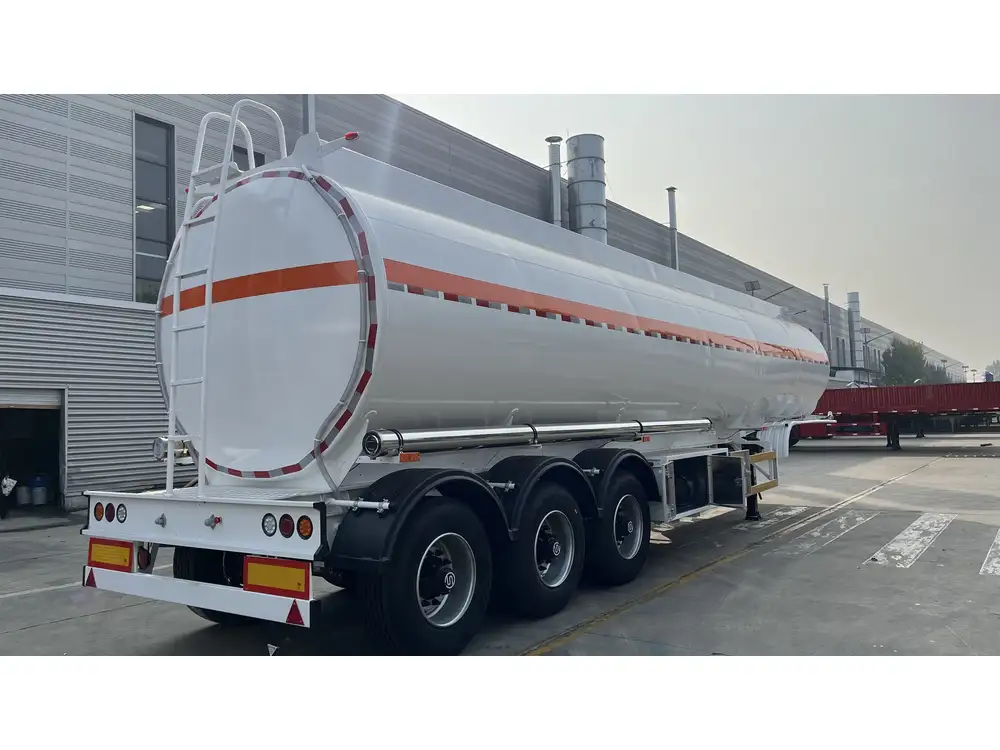
1. Enhanced Operational Efficiency
Matching tanker size with cargo requirements minimizes empty runs and maximizes load capacity, reducing overall transportation costs.
2. Improved Safety
Appropriate sizing ensures compliance with weight limits and reduces the risk of accidents, promoting safe transport practices.
3. Cost Savings
Optimized fuel consumption and lower maintenance costs contribute to significant savings over the vehicle’s lifespan.

4. Regulatory Compliance
Adhering to size and weight regulations prevents legal issues and potential fines, ensuring smooth operations.
5. Increased Flexibility
The right size allows businesses to adapt to varying transportation needs, supporting growth and diversification.
CarMax Trailer’s Range of Tanker Trucks
At CarMax Trailer, we offer a diverse range of tanker trucks designed to meet the specific needs of our clients. Our meticulously engineered trucks embody durability, efficiency, and compliance.
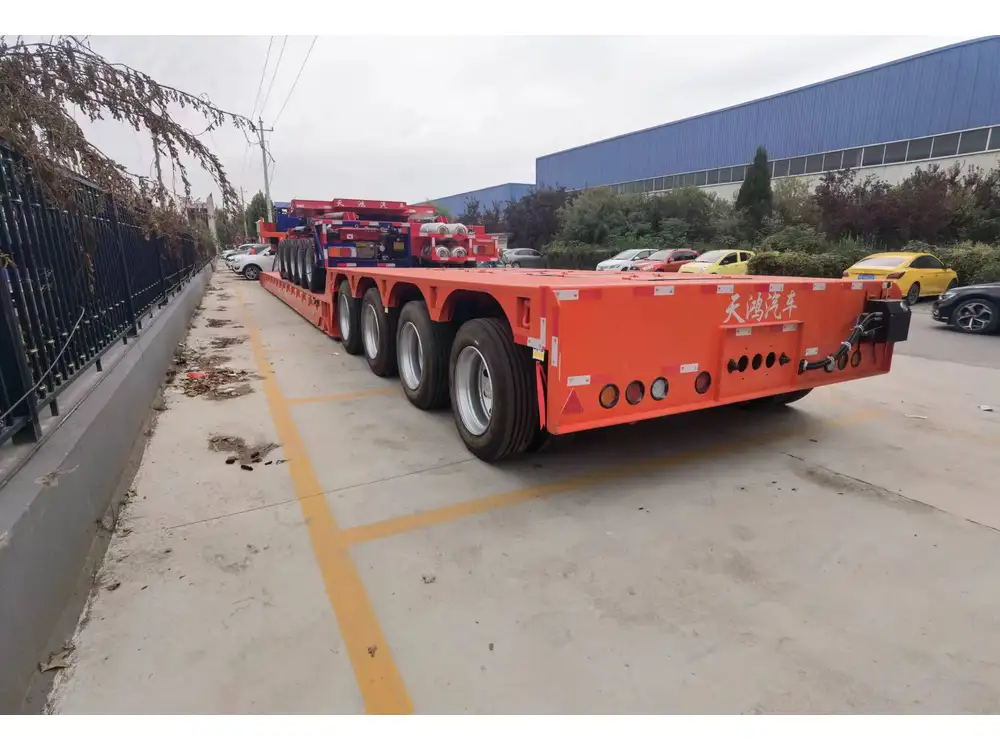
Our Tanker Truck Models
| Model | Capacity (Liters) | Key Features | Ideal For |
|---|---|---|---|
| CarMax Swift | 3,000 | Lightweight design, high maneuverability | Urban deliveries, chemical transport |
| CarMax Flex | 7,500 | Versatile tank configurations, fuel-efficient engines | Fuel distribution, food-grade liquids |
| CarMax Titan | 15,000 | Reinforced tanks, advanced safety features | Industrial chemicals, bulk fuel |
| CarMax Maximus | 25,000 | High-capacity tanks, compliance with hazardous material standards | Large-scale industrial use, hazardous materials |
Customization Options
We understand that each business has unique requirements. CarMax Trailer offers customizable options, including:
- Tank Materials: Stainless steel, aluminum, or composite materials based on cargo type.
- Safety Features: Emergency shut-off valves, spill containment systems, and advanced braking mechanisms.
- Technology Integration: GPS tracking, telematics systems, and automated loading/unloading systems.
Applications of Various Tanker Truck Sizes
Different industries leverage tanker trucks of varying sizes to meet their specific transportation needs.
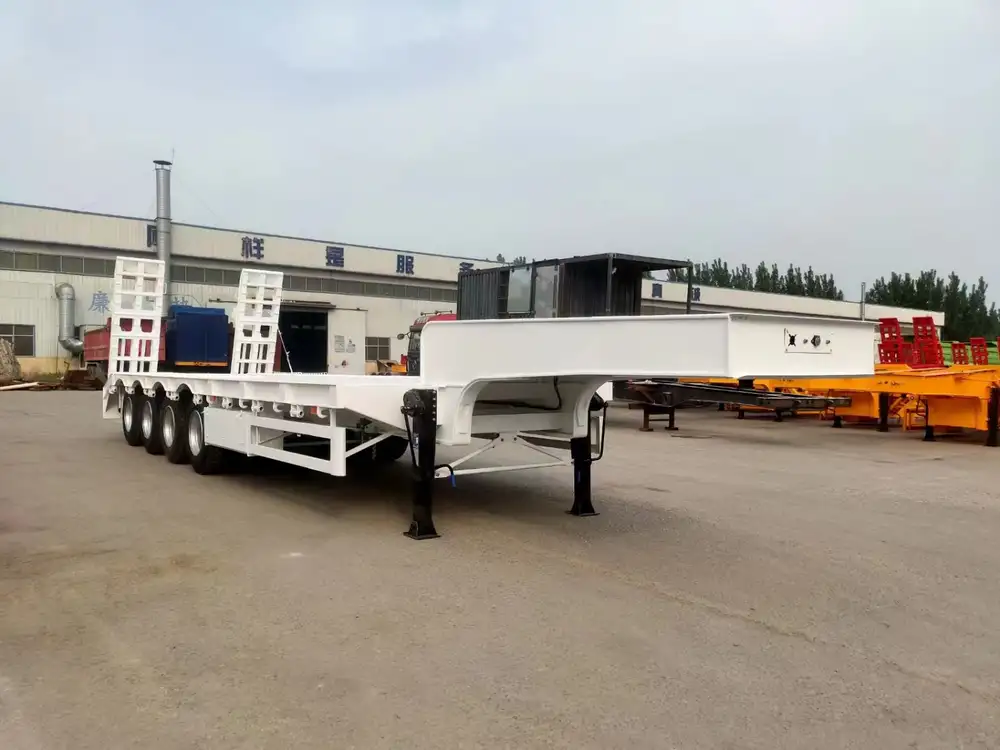
1. Fuel Distribution
- Medium to Large Tankers: Efficient for transporting gasoline, diesel, and other fuels across regional networks.
2. Chemical Transport
- Small to Large Tankers: Specialized tanks designed to handle corrosive and hazardous chemicals safely.
3. Food and Beverage Industry
- Medium Tankers: Transporting food-grade liquids like milk, juices, and edible oils with strict hygiene standards.

4. Pharmaceuticals
- Small Tankers: Ensuring precise and safe transportation of liquid medications and other pharmaceutical liquids.
5. Water Supply and Treatment
- Large Tankers: Facilitating the movement of water for industrial, agricultural, or municipal use.
6. Agricultural Sector
- Extra Large Tankers: Transporting fertilizers, pesticides, and other liquid agricultural inputs in bulk.

Regulatory Compliance and Tanker Truck Sizes
Compliance with local and international regulations is non-negotiable in tanker transportation. Key regulatory considerations include:
1. Weight Limits
Adhering to the maximum permissible weight limits to avoid legal penalties and ensure road safety.
2. Safety Standards
Meeting standards set by authorities like the Department of Transportation (DOT) and Environmental Protection Agency (EPA) for hazardous material transport.

3. Licensing and Permits
Securing appropriate licenses and permits based on tanker size and cargo type.
4. Environmental Regulations
Ensuring tanker design minimizes environmental impact, preventing leaks and spills.
5. Inspection and Certification
Regular inspections and certifications to maintain compliance and operational integrity.

Maintenance Considerations for Different Tanker Sizes
Proper maintenance is crucial for the longevity and safety of tanker trucks. Maintenance considerations vary with size:
1. Small Tankers
- Routine Checks: Regular inspections of tanks and fittings.
- Minor Repairs: Easier to perform due to smaller size and accessibility.
2. Medium Tankers
- Scheduled Maintenance: Periodic servicing of engines and safety systems.
- Component Replacement: Timely replacement of worn-out parts to prevent breakdowns.
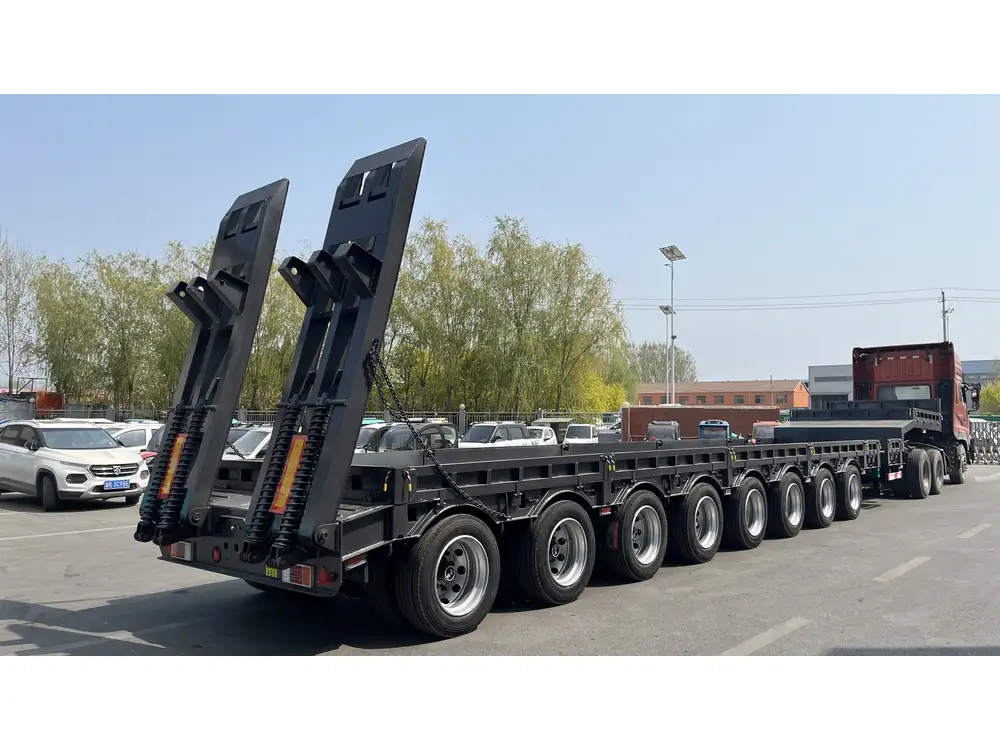
3. Large Tankers
- Comprehensive Maintenance Plans: Detailed plans addressing both mechanical and structural components.
- Specialized Servicing: Requires specialized technicians for complex systems.
4. Extra Large Tankers
- Intensive Maintenance: Frequent and thorough maintenance to ensure safety and compliance.
- Advanced Diagnostic Tools: Utilization of cutting-edge technology for system diagnostics and repairs.
Conclusion
Choosing the right tanker truck size is a critical decision that impacts operational efficiency, safety, and regulatory compliance. CarMax Vehicle is committed to providing a wide range of tanker trucks that cater to diverse industry needs. By understanding the nuances of tanker sizes and their applications, businesses can optimize their logistics, reduce costs, and enhance overall productivity. Partner with us to explore our robust lineup of CarMax Trailer tanker trucks, designed to drive your business forward with reliability and excellence.

Frequently Asked Questions
1. What factors should I consider when selecting a tanker truck size?
When selecting a tanker truck size, consider the volume and type of cargo, the routes and distances involved, regulatory compliance requirements, loading and unloading facilities, cost implications, and the potential for future business growth and scalability.
2. How does tanker truck size affect fuel efficiency?
Generally, smaller tanker trucks have higher fuel efficiency on a per-liter basis due to their lighter weight and smaller engine requirements. Larger tankers may consume more fuel but can transport more cargo per trip, potentially balancing overall fuel usage based on operational needs.
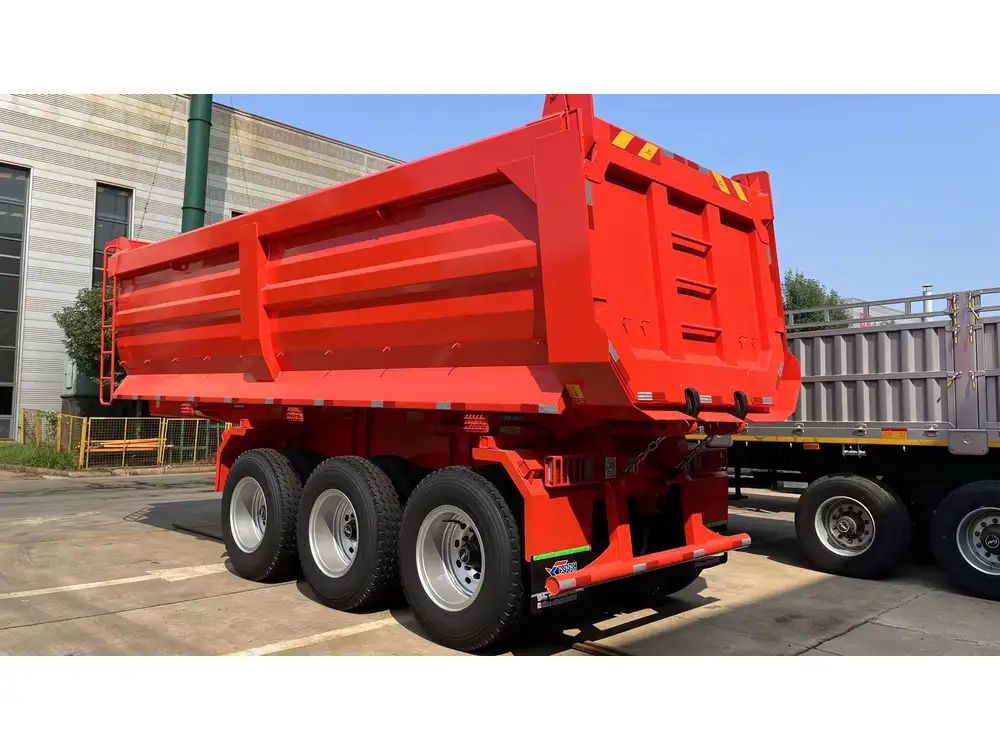
3. Are there specific regulations for transporting hazardous materials with tanker trucks?
Yes, transporting hazardous materials requires adherence to strict regulatory standards, including specialized tanker designs, safety features, proper labeling, and obtaining necessary permits and certifications. Compliance with local and international regulations is essential to ensure safe and legal transport.
4. Can CarMax Trailer customize tanker trucks to specific industry needs?
Absolutely. CarMax Trailer offers customizable tanker trucks tailored to specific industry requirements. Whether it’s choosing the tank material, integrating advanced safety features, or incorporating technological enhancements, we work closely with clients to design solutions that meet their unique operational demands.
5. What maintenance practices are recommended for large and extra-large tanker trucks?
For large and extra-large tanker trucks, comprehensive and regular maintenance practices are recommended. This includes scheduled servicing of engines and safety systems, timely replacement of worn components, thorough inspections of tanks and fittings, and the use of advanced diagnostic tools to identify and address potential issues proactively.



